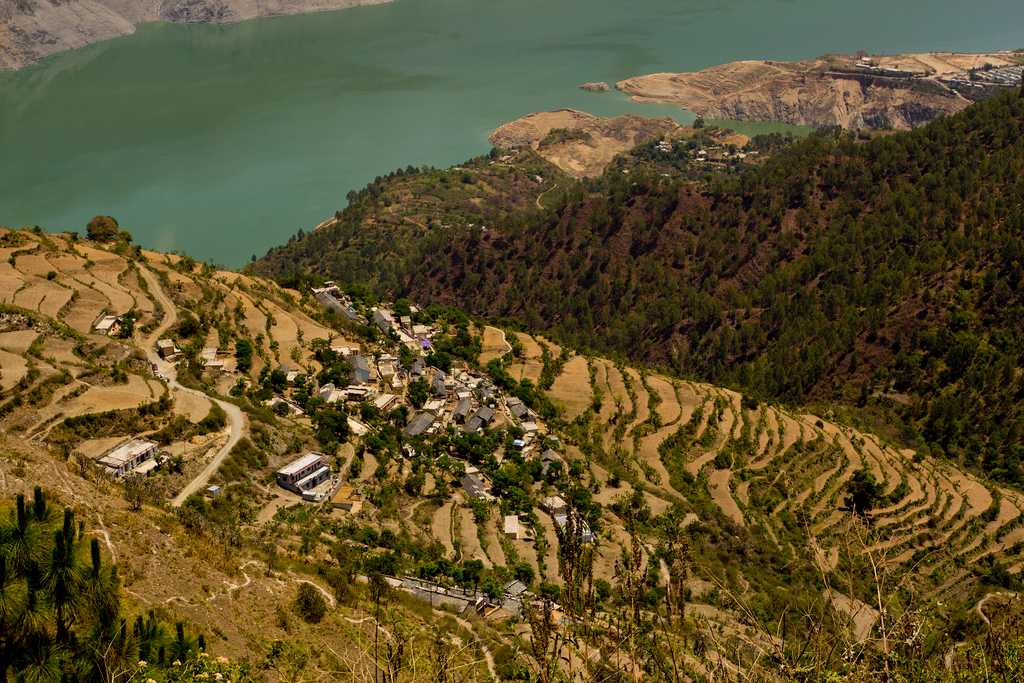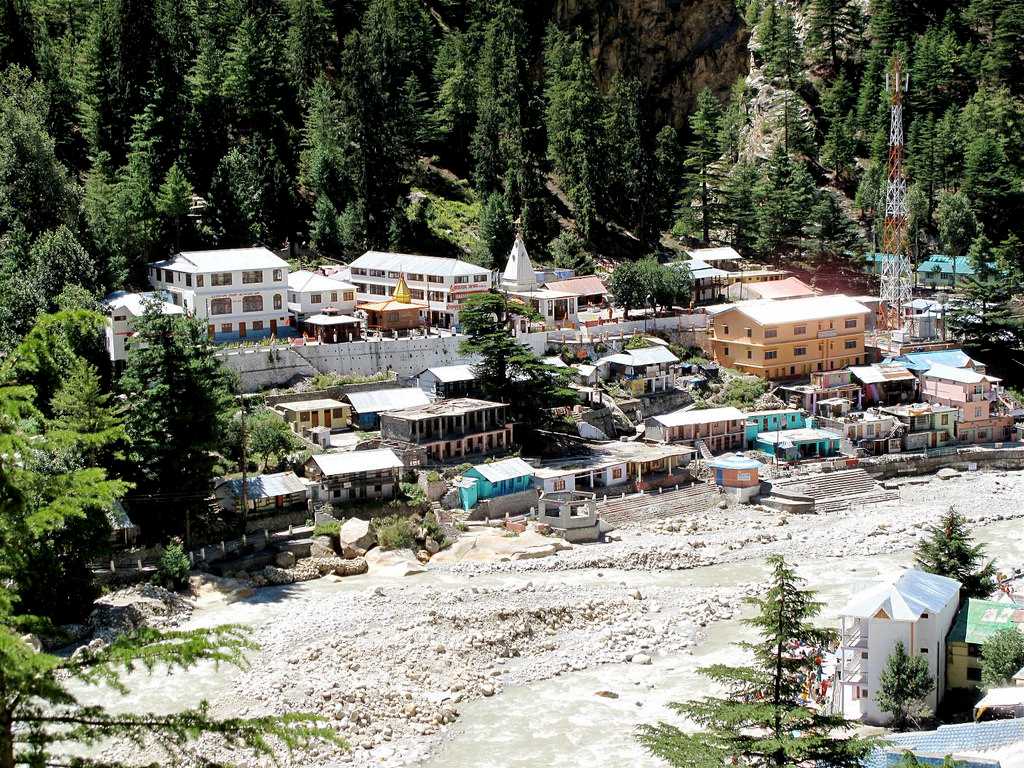Gaumukh, Uttarakhand
Gaumukh Trek
Best Time To Visit Gaumukh
"Trekking to the Ganges Glacier"
Best Time: February to September
Read More

Save upto 30%
by comparing quotes from 3 agents


_in_the_back._20190115104424.jpg)
